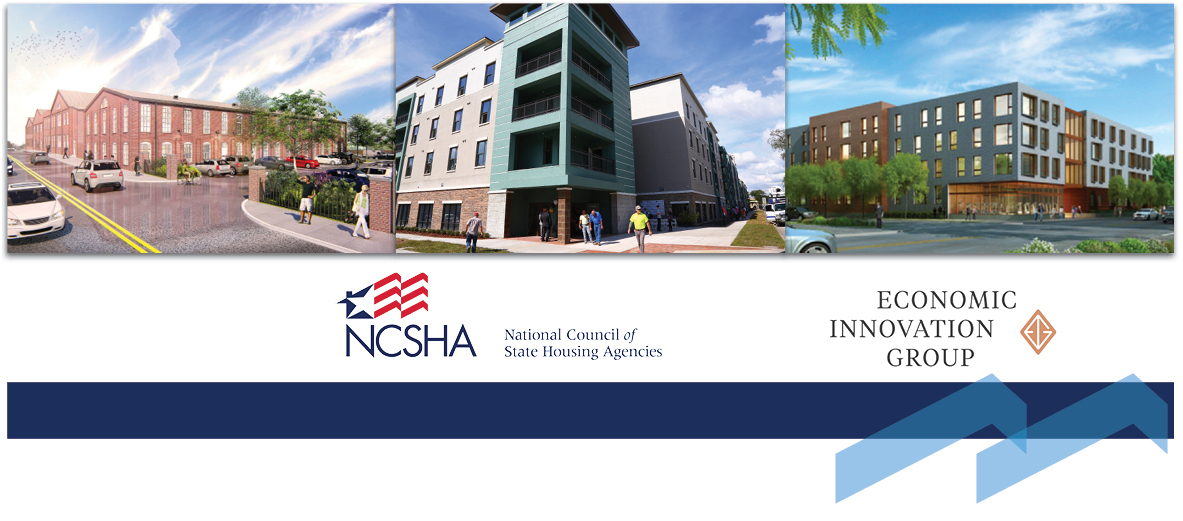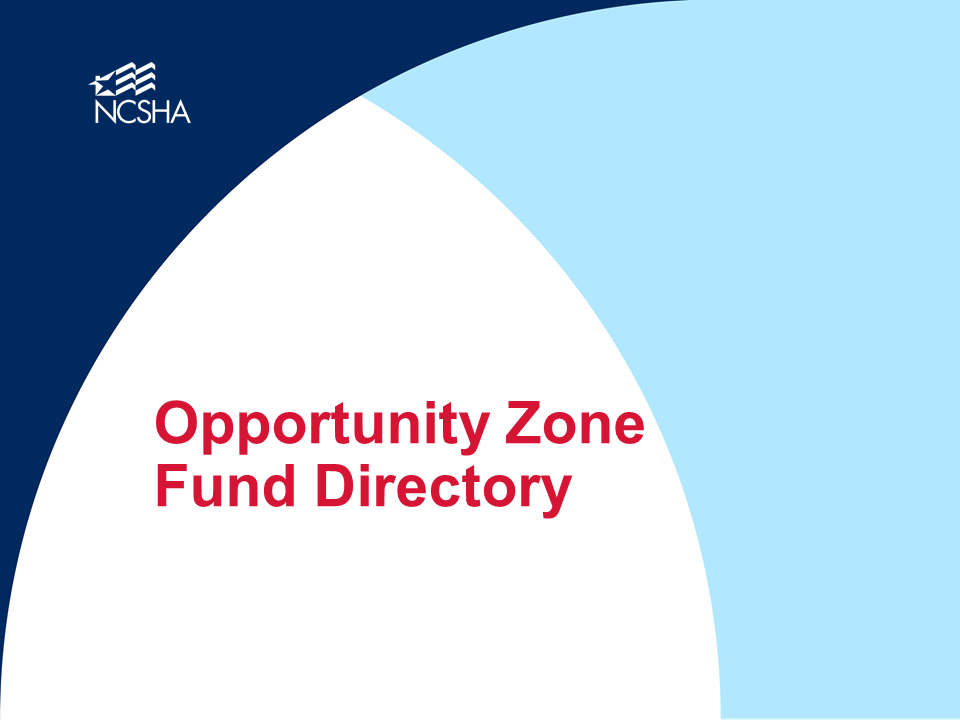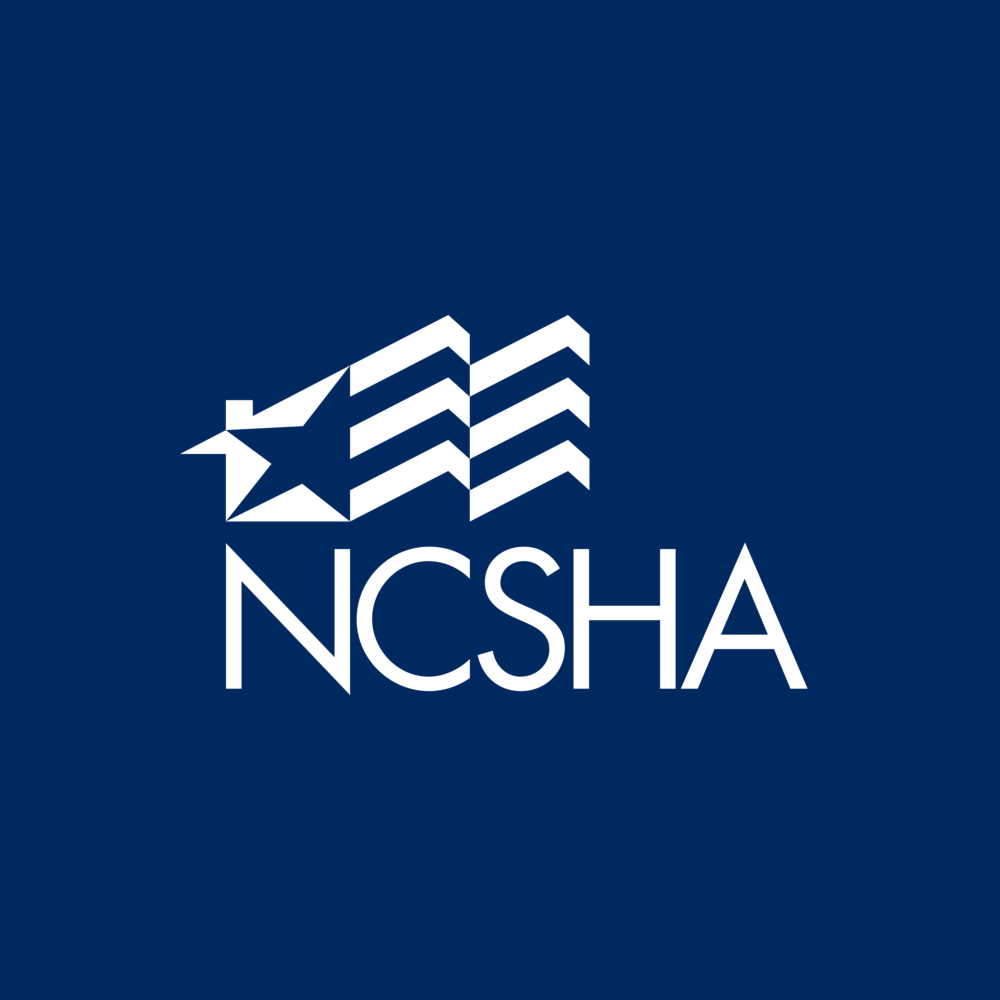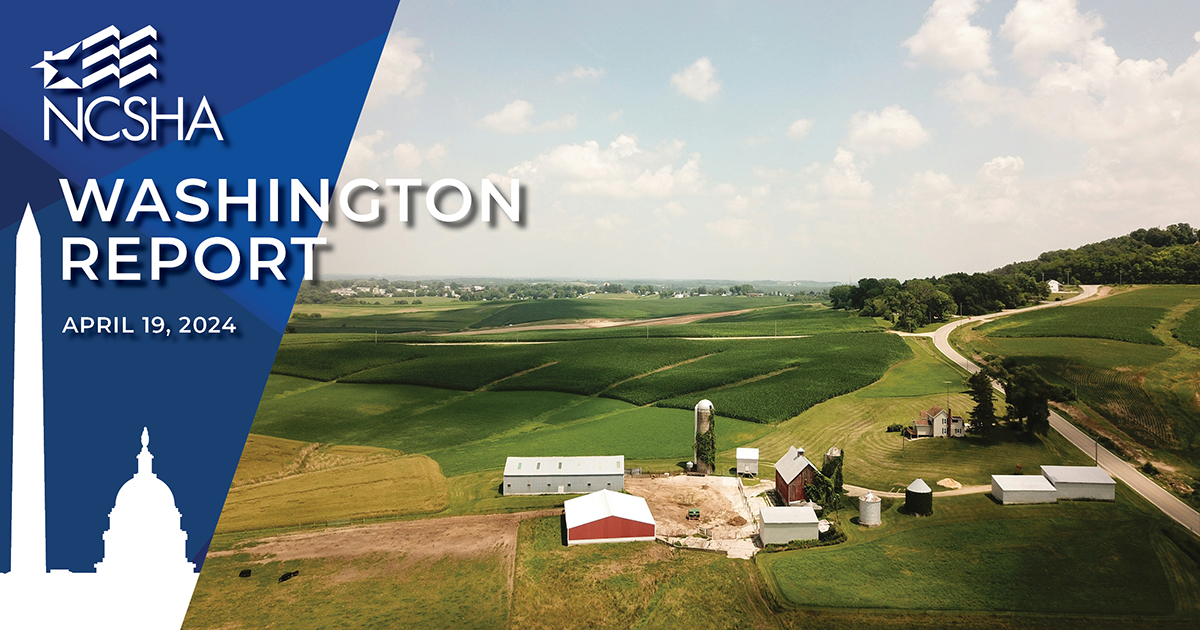 Opportunity Zones are a community development tool authorized in the Tax Cuts and Jobs Act of 2017 (H.R. 1) to encourage investment in designated high-poverty neighborhoods. The Opportunity Zone program is intended to spur investment in distressed communities by allowing taxpayers specialized tax treatment, including deferred capital gains, for investments in Qualified Opportunity Funds (QOF), which, in turn, must invest at least 90 percent of their assets in businesses located in qualified Opportunity Zones. The IRS officially designates a census tract as an Opportunity Zone based on the recommendation of a tract by the state’s governor.
Opportunity Zones are a community development tool authorized in the Tax Cuts and Jobs Act of 2017 (H.R. 1) to encourage investment in designated high-poverty neighborhoods. The Opportunity Zone program is intended to spur investment in distressed communities by allowing taxpayers specialized tax treatment, including deferred capital gains, for investments in Qualified Opportunity Funds (QOF), which, in turn, must invest at least 90 percent of their assets in businesses located in qualified Opportunity Zones. The IRS officially designates a census tract as an Opportunity Zone based on the recommendation of a tract by the state’s governor.
NCSHA has convened a focus group of member HFA executive directors to support NCSHA and HFA efforts related to Opportunity Zones, with an emphasis on the use and leveraging of HFA resources to create affordable housing in designated zones. The focus group serves as a platform for HFAs to exchange information about how their states are using and could use Opportunity Zone designation to generate new capital investment in housing and other activities. The group also is examining potential regulatory recommendations NCSHA could advance to augment the HFA opportunities and affordable housing impact of Opportunity Zones.
Case Studies Series
The National Council of State Housing Agencies and the Economic Innovation Group are collaborating on a series of case studies of developments that incorporate Opportunity Zone investment to create new affordable homes and support community revitalization efforts.
- Ox Fibre Apartments in Frederick, Maryland
- Parramore Oaks in Orlando, Florida
- The Tappan in Cleveland, Ohio
II. Key Program Guidance
III. Demographic Resources
IV. Presentations
V. Comment Letters
VI. Articles and Background Materials

I. NCSHA Documents
- NCSHA Opportunity Zone Fund Directory
- NCSHA Letter on HUD Opportunity Zones Incentives
- NCSHA Letter to Treasury to Define Opportunity Zone Data Collection Requirements
- NCSHA Public Hearing Statement to IRS on Opportunity Zone Proposed Regulations (February 2019)
- NCSHA Comment to IRS on Opportunity Zone Proposed Regulations (December 2018)
- NCSHA Guidance Request Letter to IRS on Opportunity Zones (October 2018)
Highlighted Resource:
II. Key Program Guidance
- IRS Proposed Regulations: Investing in Qualified Opportunity Funds (April 2019)
- Request for Information on Data Collection and Tracking Qualified Opportunity Zones (April 2019)
- IRS Proposed Regulations: Investing in Qualified Opportunity Funds (October 2018)
- IRS Revenue Ruling 2018-29: Special Rules for Capital Gains Invested in Opportunity Zones (October 2018)
- IRS Opportunity Zones FAQ (October 2018)
- List of Final Qualified Opportunity Zone Designations (June 2018) (Excel)
- IRS Notice 2018-48: Designated Qualified Opportunity Zones under Internal Revenue Code Section 1400Z-2 (June 2018)
- IRS Revenue Procedure 2018-16: Procedure for Designating Population Census Tracts as Qualified Opportunity Zones for Purposes of Sections 1400Z-1 and 1400Z-2 (February 2018)
- Internal Revenue Code Section 1400Z-2: Special Rules for Capital Gains Invested in Opportunity Zones
III. Demographic Resources
- Opportunity Zone Interact Map – CohnReznick
- Opportunity Zone Mapping Tool – Novogradac & Company
- State Tax Code Conformity – Personal Income – Novogradac & Company
- State Tax Code Conformity – Corporate Income – Novogradac & Company
- Opportunity 360 Mapping Tool – Enterprise Community Partners
IV. Presentations
- The HFA Role In Opportunity Zones – MDHCD, Secretary Ken Holt (October 2018) | NCSHA Annual Conference
- Expected Topics to be Covered in Proposed and Interim Regulations – Novogradac & Company LLP, Michael Kressig (October 2018) | NCSHA Annual Conference
- Opportunity Zones – LISC San Antonio, Leilah Powell (October 2018) | NCSHA Annual Conference
- Michigan’s Opportunity Zone Activities – MSHDA, Executive Director Earl Poleski (October 2018) | NCSHA Annual Conference
- Opportunity Zones: The Latest Insights from Across the Nation – Enterprise Community Partners (August 2018)
- Qualified Opportunity Zones – Ballard Spahr (July 2018) | Video Link
- Opportunity Zones Overview – LISC (June 2018)
- How States Can Maximize Opportunity Zones – The Governance Project (June 2018)
- Analysis of Opportunity Zone Designations – Enterprise Community Partners (April 2018)
- Policies to Prevent Displacement and Attract Investment – Enterprise Community Partners (May 2018) | Video Link
V. Comment Letters
- NCSHA Letter on HUD Opportunity Zone Incentives (June 2019)
- NCSHA Comments on Treasury Request for Information on Opportunity Zone Data Collection (May 2019)
- Congressional Letter to Treasury Department on Proposed Opportunity Zone Regulations (January 2019)
- NCSHA Comment to IRS on Opportunity Zone Proposed Regulations (December 2018)
- Novogradac Working Group – Comment Letter to IRS on Opportunity Zones (December 2018)
- LISC – Comment Letter to IRS on Opportunity Zones (December 2018)
- National Governors Association – Comment Letter to IRS on Opportunity Zones (December 2018)
- NeighborWorks America – Comment Letter to IRS on Opportunity Zones (December 2018)
- National Housing Conference – Comment Letter to IRS on Opportunity Zones (December 2018)
- National Association of Home Builders – Comment Letter to IRS on Opportunity Zones (December 2018)
- The United States Conference of Mayors – Comment Letter to IRS on Opportunity Zones (December 2018)
- Enterprise – Comment Letter to IRS on Opportunity Zones (December 2018)
- National Multifamily Housing Council – National Apartment Association – Comment Letter to IRS on Opportunity Zones (December 2018)
- NCSHA Guidance Request Letter to IRS on Opportunity Zones (October 2018)
- U.S. Senator Tim Scott (R-SC) – Letter to Treasury Department (September 2018)
- Bipartisan Policy Center – Request for Guidance (September 2018)
- U.S. Conference of Mayors – Request for Guidance (August 2018)
- National Housing Conference – Comment Letter (August 2018)
- Novogradac Opportunity Zones Working Group – Priority Guidance Request (July 2018)
- Real Estate Roundtable – Guidance Request (June 2018)
- Opportunity Zones Coalition – Comment Letter (June 2018)
- Enterprise Community Partners – Comment Letter (March 2018)
- Novogradac Opportunity Zones Working Group – Guidance Request (March 2018)









